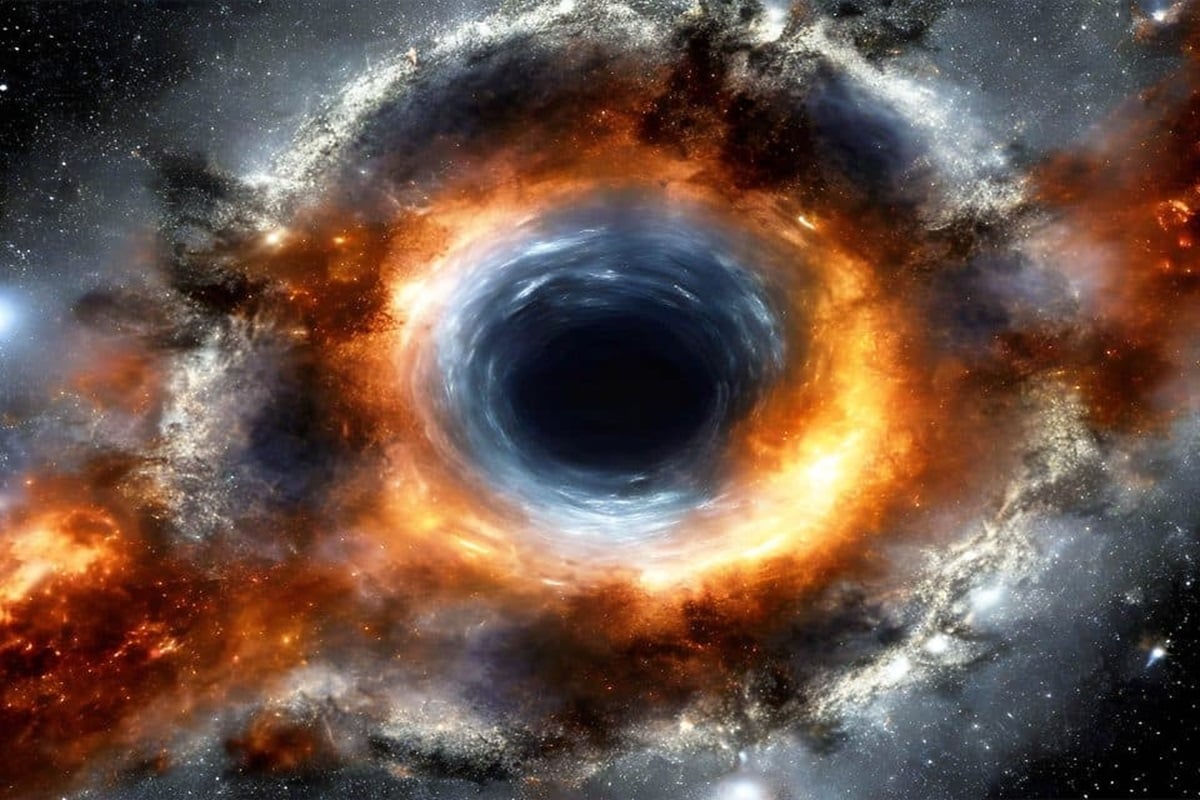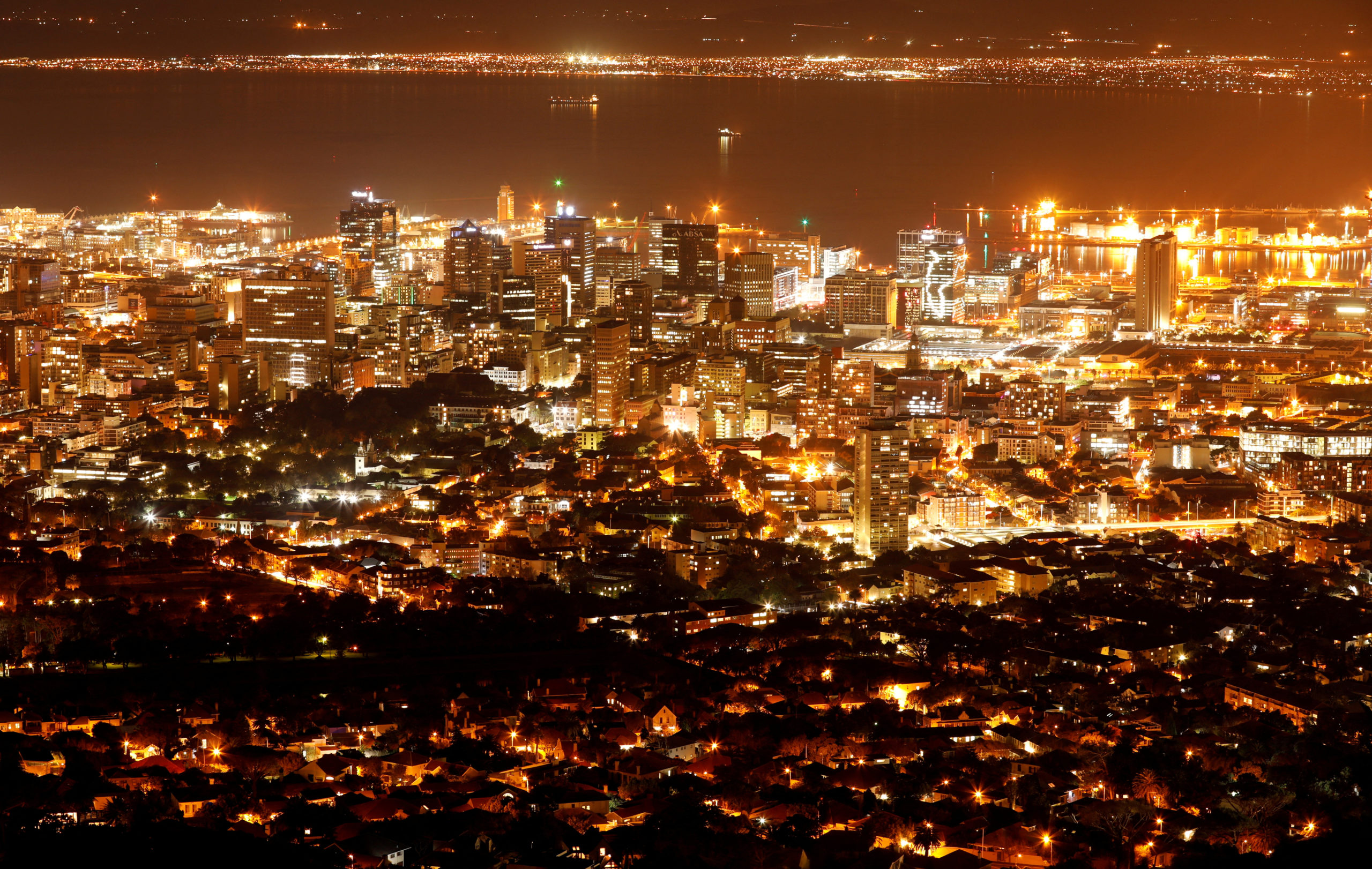In the captivating realm of astrophysics, a tantalizing theory has long captured the imagination of scientists – the existence of “kugelblitze,” a unique breed of black holes born not from the collapse of matter, but from the incredible density of light itself. These enigmatic celestial entities were once thought to hold the key to unlocking the mysteries of the universe, from the nature of dark matter to the potential powering of future spaceships. However, a groundbreaking study led by a formidable team of researchers has now challenged this extraordinary proposition, shedding new light on the limits of gravitational collapse driven by light.

The research, conducted by a collaborative effort between the University of Waterloo and the Universidad Complutense de Madrid, and led by the brilliant Eduardo Martín-Martínez, a professor of applied mathematics and mathematical physics, has culminated in a compelling paper titled “No black holes from light,” soon to be published in the prestigious Physical Review Letters.
The study delves into the intricate relationship between the quantum realm and the enigmatic world of black holes, a connection that has long captivated the scientific community. Quantum mechanics, which governs the behavior of particles at the smallest scales, and the extreme gravity of black holes at cosmic scales, share an intriguing interplay that has fueled ongoing research in theoretical physics.
“The most commonly known black holes are those caused by enormous concentrations of regular matter collapsing under its own gravity,” explained Martín-Martínez, who is also affiliated with the Perimeter Institute for Theoretical Physics. “However, this prediction was made without considering quantum effects.”
Determined to shed light on this matter, the research team built a sophisticated mathematical model that incorporated these crucial quantum effects. Their findings were both intriguing and unexpected – the concentration of light needed to spawn a kugelblitz outpaces the light intensity found in quasars, the brightest objects in our cosmos, by tens of orders of magnitude.
“Long before you could reach that intensity of light, certain quantum effects would occur first,” remarked José Polo-Gómez, a Ph.D. candidate in applied mathematics and quantum information. “That strong of a concentration of light would lead to the spontaneous creation of particles like electron-positron pairs, which would move very quickly away from the area.”
